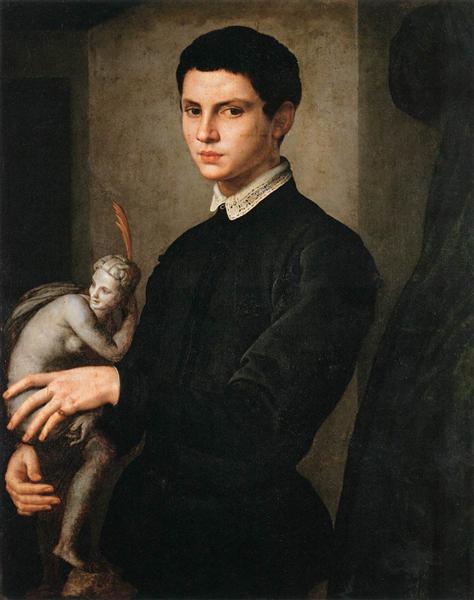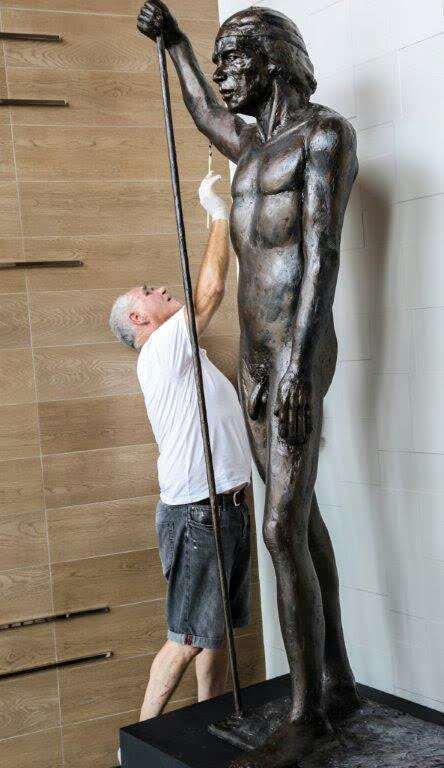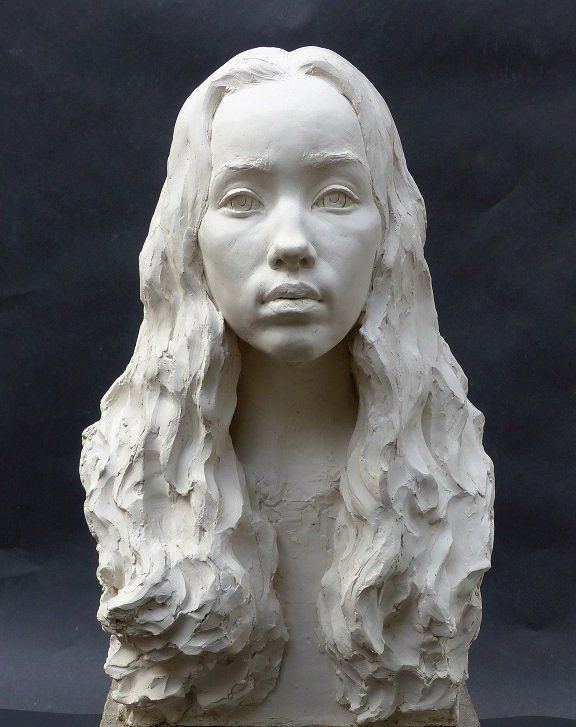Sculptures as an Expression of Human Emotions
Sculptures have long been prized as a powerful tool for sharing the depths and complexities of human feelings. From the tranquil beauty of a grinning face to the raw strength of a contorted figure, sculptures give a special and ageless window right into the globe of human emotions. In this expedition, we will dig right into the profound influence that sculptures have in expressing and evoking human feelings.
The Power of Catching Happiness and Joy
The integral power of sculptures depends on their capacity to catch and communicate the extensive emotions of delight and joy through the knowledgeable adjustment of kind and product. Sculptures have been used throughout background as a way of expressing human feelings, and happiness and happiness are amongst one of the most usual emotions illustrated in these art forms.
Among the ways sculptures capture pleasure and happiness is through the careful choice and adjustment of type. Artists utilize various methods to create sculptures that evoke a sense of joy, such as portraying figures in uplifting and dynamic positions, or making use of streaming curves and lines to produce a sense of movement and power. The option of material additionally plays a considerable function in conveying these feelings. Sculptors commonly use products that have an all-natural warmth and vibrancy, such as bronze or marble, to boost the pleased and happy qualities of their work.
Furthermore, the skillful use faces and gestures in sculptures can successfully convey happiness and joy. Artists meticulously sculpt the smiles, laughter, and expressions of delight on the faces of their subjects, bringing them to life and recording the essence of these emotions. The positioning of the body and the motions portrayed by the sculpture can also connect a feeling of pleasure and joy, whether it is a number with outstretched arms, dancing, or accepting others.
Checking Out the Depths of Unhappiness and Sorrow
An exploration into the depths of sadness and sorrow can be achieved through the expressive sculptures that catch the significance of these extensive feelings. These sculptures work as a graph of the human experience, allowing viewers to link with their own sensations of unhappiness and sorrow on a deeper level.
Through the proficient adjustment of type, expression, and appearance, sculptors can convey the facility feelings associated with despair and grief. Making use of elongated, hunched figures or contorted, anguished expressions can generate a feeling of anguish and despair. The option of products, such as cold, harsh stone or dark, weather-beaten steel, can better enhance the melancholic and sad mood of the sculptures.
In addition, the power of these sculptures hinges on their ability to go beyond language barriers - Portrait Sculptor. Despite cultural or etymological distinctions, the universal language of art permits people from diverse histories to link and empathize with the emotions represented in these sculptures. Robert C Hitchcock Sculptor. It is through this shared experience that a sense of catharsis and understanding can be accomplished
Unveiling the Intricacy of Love and Need
Introducing the ins and outs of affection and wishing, sculptures offer an extensive expedition right into the complexity of love and need. Through making use of numerous materials and strategies, sculptors have been able to record the significance of these effective feelings and share them in tangible kinds. Love, with its numerous dimensions and nuances, is a topic that has mesmerized musicians throughout history. From the tender embrace of a pair to the passionate entanglement of bodies, sculptures have illustrated the varied expressions of love and need.
One such instance is Auguste Rodin's famous sculpture, "The Kiss." This work of art portrays 2 fans secured an intimate accept, their bodies laced momentarily of extreme enthusiasm. The sculpture not just catches the physical connection between the enthusiasts yet likewise stimulates a much deeper emotional bond. The detailed information click resources and the proficient workmanship highlight the complexity of their love and wish.
Sculptures likewise discover the darker side of love and need, unveiling the complexities that can emerge from these intense feelings. Contemporary Sculptures. Some sculptures illustrate the torment and anguish that can go along with unrequited love or the damaging power of compulsive need. These art work work as a tip that love and wish can be both stunning and tough, bringing joy and discomfort in equivalent measure
Conveying Rage and Stress Through Sculptures
With the portrayal of bent forms and strained stances, sculptures express the strength of temper and stress. Musicians have long turned to the medium of sculpture to communicate these powerful emotions, utilizing numerous strategies to capture the raw energy and turmoil connected with rage and irritation.

One typical strategy is to portray figures in hostile or confrontational positions. The muscle tension and clenched fists of a sculpture can evoke a feeling of bottled-up temper, while twisted arm or legs and contorted faces can communicate the frustration felt by the topic. These physical manifestations of feeling function as a graph of the inner turmoil experienced by individuals in minutes of rage and frustration.
In addition, artists frequently use importance and allegory to improve the psychological effect of their sculptures. Sharp, damaged types or jagged edges can signify the destructive nature of anger, while hefty, troublesome frameworks can represent the weight of disappointment. By including these elements right into their job, musicians have the ability to communicate the intensity and intricacy of these emotions in a concrete and aesthetically striking way.

Sharing Hope and Resilience in Sculptural Form
Sculptures personifying hope and strength are a testimony to the unbeatable spirit of the human experience. These artworks work as powerful symbols of optimism and stamina in the face of misfortune. With the competent adjustment of products, artists are able to capture the significance of hope and durability, creating sculptures that influence and boost.
One example of a sculpture that personifies hope is "The Winged Victory of Samothrace." This ancient Greek statuary shows a winged siren standing atop a ship's prow, her garments rippling in the wind. The sculpture radiates a sense of accomplishment and decision, symbolizing the power of wish to overcome challenges.

Sculptures that share hope and resilience offer as tips of the human capacity to endure and flourish when faced with difficulty. They influence us to persevere, to discover strength in ourselves, and to believe a brighter future. These art work talk with the universal human experience, offering relief and support to those that encounter them.
Conclusion
In final thought, sculptures serve as a powerful tool for expressing a broad variety of human emotions. By getting rid of individual pronouns, the emphasis stays on the universal nature of these emotions and the capability of sculptures to convey them in a tangible and long-lasting manner.
Sculptures have actually long been prized as a powerful medium for sharing the depths and intricacies of human emotions. From the tranquil appeal of a smiling face to the raw intensity of a contorted number, sculptures give a one-of-a-kind and timeless window right into the world of human feelings. In this exploration, we will delve into the profound impact that sculptures have in expressing and stimulating human emotions.
In verdict, sculptures serve as a powerful tool for expressing a large array of human emotions (Robert C Hitchcock Sculptor). By getting rid of personal pronouns, the emphasis continues to be on the global nature of these emotions and the capacity of sculptures to share them in a tangible and long-lasting manner